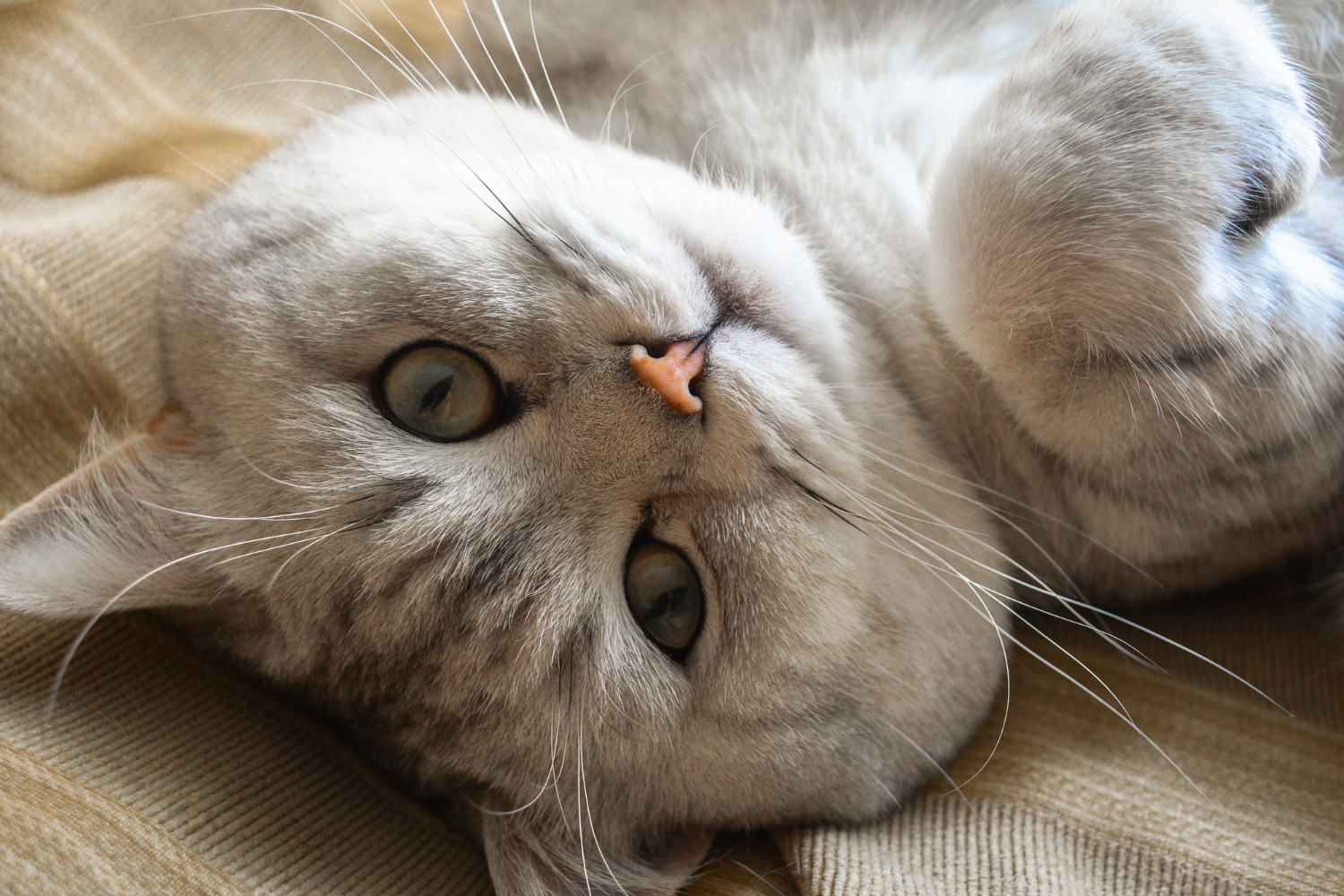Pregnancy in cat, also known as “queening,” is a unique and important phase in a cat’s life. This guide provides essential insights into cat pregnancy, helping cat owners understand and support their feline friends during this special time.
Understanding the Pregnancy in Cat

Recognizing the Signs of Pregnancy
Cat pregnancy typically lasts between 63 to 67 days. Early signs include changes in behavior, increased appetite, and a slightly enlarged abdomen. As the pregnancy progresses, nipples become more pronounced and pink – a term known as ‘pinking up’.
Providing Proper Nutrition
During pregnancy, a cat’s nutritional needs increase significantly. Feed your pregnant cat high-quality, nutrient-rich food formulated for kittens or pregnant cats. This ensures both the mother and her unborn kittens receive adequate nutrition.
Creating a Comfortable Environment
As the pregnancy advances, your cat may seek quiet, secluded spaces. Prepare a comfortable nesting area where she can feel safe and relaxed. Keep this area in a peaceful part of your home, away from loud noises and household traffic.
Regular Veterinary Care
Regular vet check-ups are crucial during pregnancy. Your vet can confirm the pregnancy, estimate the number of kittens, and monitor the health of both the mother and her litter. Discuss vaccination and deworming schedules, as these are important for the kittens’ early immunity.
Monitoring for Health Complications
Be aware of complications like eclampsia or difficult labor (dystocia). Symptoms include prolonged labor, distress, or more than an hour between kittens. Contact your vet immediately if you notice any concerning signs.
Preparing for Birth
As the due date approaches, understand the stages of cat labor. The first stage involves nesting behavior and restlessness, followed by active labor where kittens are born. Most cats deliver without assistance, but be prepared to intervene or call your vet if necessary.
Postpartum Care
After delivery, ensure the mother cat has a quiet place to nurse and care for her kittens. Monitor her for any postpartum complications like infection or insufficient milk production. The kittens should be checked by a vet within a few days of birth.
Spaying After Pregnancy
Consider spaying your cat after her litter is weaned to prevent future unplanned pregnancies. This not only helps control the pet population but also reduces health risks associated with repeated pregnancies.
Conclusion
Understanding pregnancy in cats is vital for providing the best care for your expectant feline. Regular vet check-ups, proper nutrition, and a comfortable environment are key to a healthy pregnancy and delivery.
Always be prepared for emergencies and consider spaying as a responsible pet ownership step.

